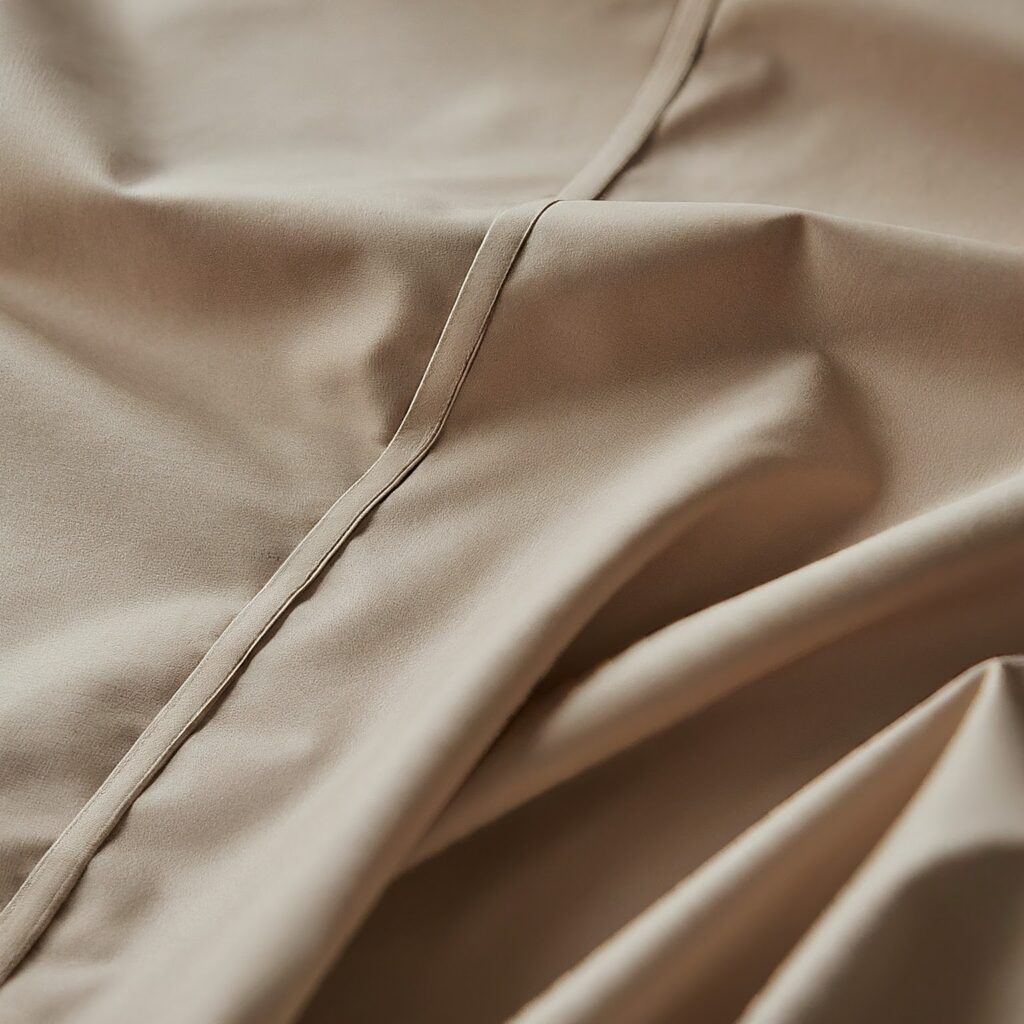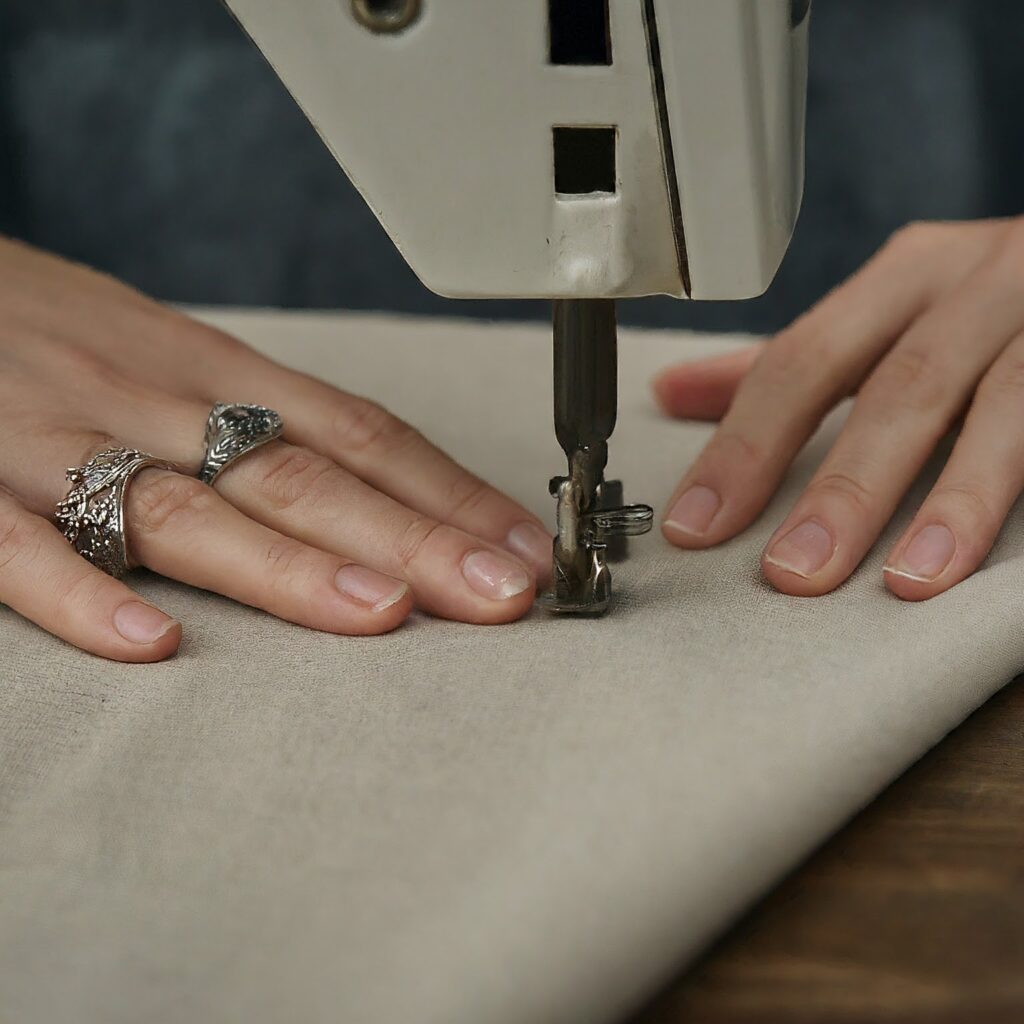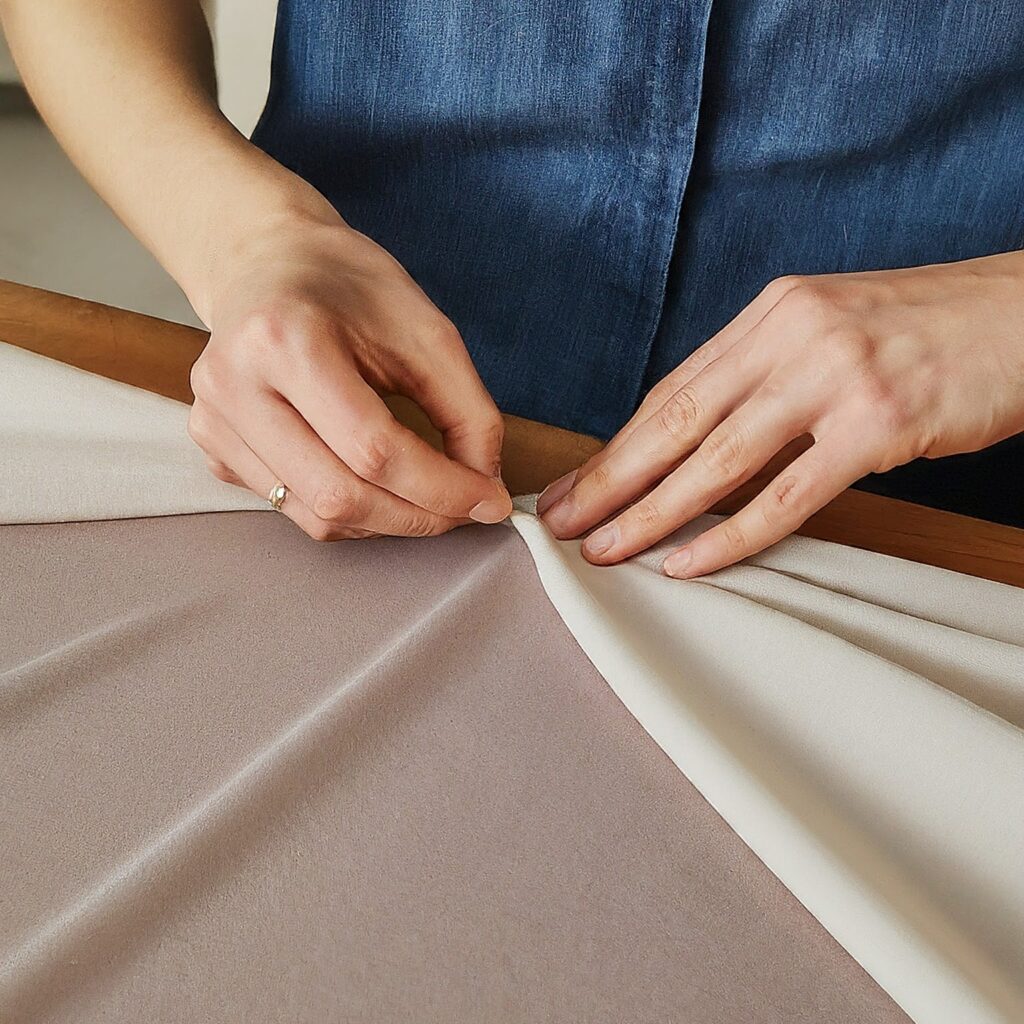Fusing Interlining on Delicate Fabrics: Tips and Tricks
If you’ve ever worked with delicate fabrics, you know the challenge of adding structure without damaging the material. Fusing interlining is a technique that can help you achieve this balance. This approach allows you to reinforce and support your garment, giving it the shape and durability it needs while preserving the delicate nature of fabrics like silk and chiffon.
In this article, I’ll guide you through the process of using fusing interlining on delicate fabrics. You’ll get practical tips and tricks to ensure you achieve the best results, making sure your garments look professional and hold their shape without compromising their delicate quality.

Table of Contents
- What is Fusible Interlining?
- Why Use Fusing Interlining on Delicate Fabrics?
- Preparing Your Fabric and Interlining
- Step-by-Step Guide to Fusing Interlining
- Tips for Successful Fusing on Delicate Fabrics
- Common Mistakes to Avoid
- Conclusion
What is Fusible Interlining?
Fusible interlining is a specialized type of interlining fabric designed to provide structure and support to garments. It has an adhesive backing that allows it to bond with your main fabric when heat is applied.

Why Use Fusing Interlining on Delicate Fabrics?
Fusing interlining serves several important purposes when working with delicate fabrics:
- Stability and Structure: It helps to maintain the shape of your garment, preventing it from becoming too soft or floppy. For delicate fabrics like silk or chiffon, interlining provides the necessary support without compromising the fabric’s drape. Woven interlining is often used in these situations for its strength and stability.
- Enhanced Durability: Adding fusing interlining can increase the longevity of your garments by reducing wear and tear. This is crucial for delicate fabrics that are prone to stretching or sagging.
- Improved Finish: Fusing interlining gives a professional, polished look to your finished garment. It ensures that collars, cuffs, and other areas maintain their shape and structure.
Preparing Your Fabric and Interlining
Before you start fusing, proper preparation is key:
- Choose the Right Interlining Fabric: Opt for a lightweight, fusible interlining that matches the delicate nature of your fabric. Non-woven fusible interlining is often a good choice for this purpose, providing the necessary support without added bulk.
- Pre-Wash Your Fabrics: Wash and iron both your main fabric and interlining fabric before fusing. This step pre-shrinks the materials and ensures they react uniformly during the fusing process.
- Test on a Sample: Always test the fusing interlining on a small, inconspicuous area of your fabric. This will help you gauge how the materials interact and make adjustments if necessary.

Step-by-Step Guide to Fusing Interlining
Here’s a straightforward guide to help you fuse interlining onto delicate fabrics:
1. Cut the Interlining
- Cut to Size: Cut your fusing interlining to the same size and shape as the fabric pieces you plan to fuse. Ensure you align it precisely with the fabric pieces to avoid any misalignment.
- Allow for Seam Allowance: If you’re working on garment pieces, add a bit of extra space for seam allowances to ensure a perfect fit.
2. Position the Interlining
- Align the Layers: Place the interlining on the wrong side of the fabric, ensuring that the adhesive side of the interlining is facing the fabric.
- Smooth Out Wrinkles: Gently smooth out any wrinkles or bubbles between the interlining and the fabric to ensure an even bond.

3. Fuse the Interlining
- Set Your Iron: Preheat your iron to the appropriate temperature for your fabric type. Typically, a medium to high setting works best, but always refer to the interlining fabric manufacturer’s instructions.
- Press with Care: Place a pressing cloth over the fabric to protect it from direct heat. Press the iron down firmly without moving it around. Apply even pressure for the time specified on the interlining instructions.
- Check for Bonding: Lift the pressing cloth occasionally to check if the interlining has bonded well. If it hasn’t, press it again for a few more seconds.
Following these steps will help you achieve a solid bond between the interlining and your delicate fabric.
Tips for Successful Fusing on Delicate Fabrics
Here are some practical tips to ensure success when fusing interlining on delicate fabrics:
- Use a Pressing Cloth: Always use a pressing cloth to protect your delicate fabric from direct heat and potential damage.
- Avoid Steam: Steam can cause delicate fabrics to stretch or become misshapen. Stick to dry pressing for best results.
- Do Not Overheat: Avoid using an excessively hot iron, as this can scorch or damage delicate fabrics. Check the manufacturer’s recommendations for optimal temperature settings.
- Press, Don’t Iron: Gently press the iron down rather than sliding it over the fabric. This technique minimizes the risk of stretching or distorting the fabric.
Applying these tips will help you achieve the best possible results and maintain the integrity of your delicate fabrics.

Common Mistakes to Avoid
Here are some common pitfalls to avoid when fusing interlining on delicate fabrics:
- Skipping the Test: Failing to test on a sample piece can lead to unexpected results. Always test first to avoid any surprises.
- Using the Wrong Temperature: Using an iron that’s too hot can damage your fabric or cause the interlining to bond unevenly. Stick to the recommended temperature settings.
- Not Using a Pressing Cloth: Direct heat can harm delicate fabrics. Always use a pressing cloth to provide a protective layer between the iron and the fabric.
Conclusion
Fusing interlining on delicate fabrics is a delicate process that requires care and attention. By following the tips and steps outlined in this guide, you can add structure and stability to your garments without compromising the integrity of your fabric.
Remember, preparation is key, and using the right techniques will ensure that your fusing process is smooth and effective. With these insights, you’ll be well-equipped to handle fusing interlining on even the most delicate of fabrics, achieving professional results every time.
Link of related Articles
- Advantages of Fusible Interlinings: Benefits, Application & Tips
- How to apply interlining fabric : A Complete Guide
- Alternatives to Fusible Interlining: Ditch the Fuss, Perfect Your Project

